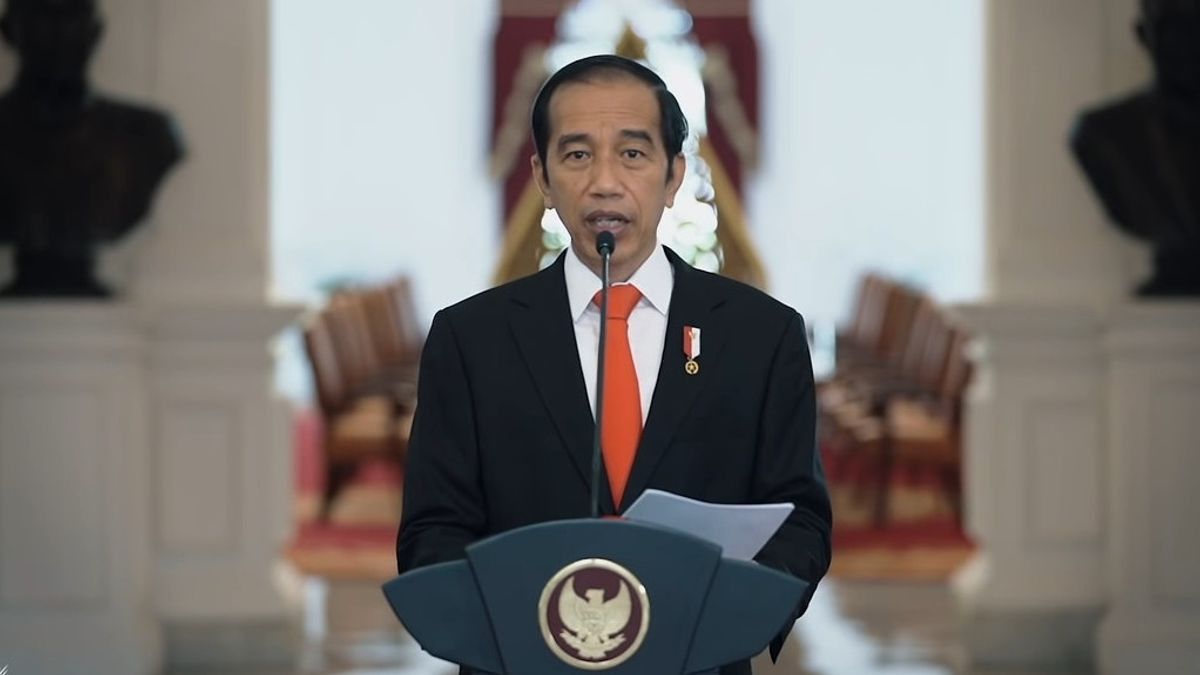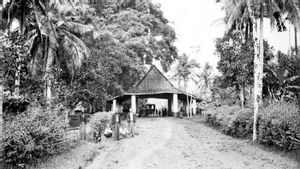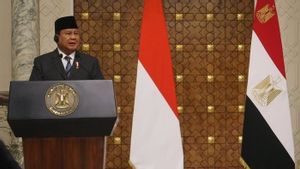JAKARTA - At that time in 2003, under the administration of President Megawati Soekarnoputri, two bills, namely the Information Technology and e-Commerce Criminal Act were combined into one manuscript. The manuscript was then submitted to the House of Representatives (DPR). There, the history of the ITE Law began.
Quoted from the official website of Kominfo, discussions on the ITE Law began in 2005 to 2007, before it was passed in the era of President Susilo Bambang Yudhoyono (SBY) administration in 2008. The ITE Law is basically divided into several parts.
First, related to e-Commerce. This section regulates marketplace matters. Another part of the ITE Law regulates information technology crimes, with sub-sections starting from illegal content, SARA-nuanced uploads, hatred, hoaxes, fraud, pornography, gambling, to defamation.
Another sub-section regulates illegal access, such as hacking, wiretapping, and illegal system tampering or destruction. This part is often the problem.
The ITE Law actually underwent a revision in 2016. At that time, many cases of the ITE Law were busy becoming public discussions and involving public figures. There is a case of former Deputy Chairman of the Corruption Eradication Commission (KPK) Saut Situmorang; entrepreneur, Hary Tanoesoedibjo; to the Executive Director of the Lokataru Foundation Haris Azhar.
Unfortunately, according to the Head of the Association of Victims of the ITE Law (Paku ITE) M Arsyad, at that time the revision did not touch the substance of the law which was actually problematic. "What we are very sorry about is that the revision only focuses on Article 27 paragraph 3, which reduces the threat of punishment from six years to four years," he said, contacted by VOI, Wednesday, February 17.
"That's what we really regret, because our hope is that our target is repeal, issuing the catchall article in the ITE Law, because we hope, because it has been regulated in another law, it is better to use it (another law). The elements are clearer," he added. he.
The problematic article of the ITE Law
In detail, in general, there are a number of problematic articles, starting from Article 27 to Article 29. The articles there are considered rubber and are often used by the authorities as a means of silencing criticism.
Article 27
Everyone knowingly and without rights distributes and/or transmits and/or makes electronic information accessible and/or electronic documents that have content that violates decency.
(2) Any person who knowingly and without rights distributes and/or transmits and/or makes electronic information and/or electronic documents that contain gambling content accessible.
(3) Any person who knowingly and without rights distributes and/or transmits and/or causes to be accessible Electronic Information and/or Electronic Documents that contain defamatory and/or defamation.
(4) Any person who knowingly and without rights distributes and/or transmits and/or causes to be accessible Electronic Information and/or Electronic Documents that contain extortion and/or threats.
Article 28
(1) Everyone knowingly and without right spreads false and misleading news that results in consumer losses in Electronic Transactions.
(2) Anyone who knowingly and without rights disseminates information aimed at creating hatred or enmity for certain individuals and/or community groups based on ethnicity, religion, race, and intergroup (SARA).
Article 29
Anyone knowingly and without authority sends Electronic Information and/or Electronic Documents that contain threats of violence or scare aimed personally.
The ITE Law today
The ITE Law was basically formed to regulate digital trading systems, including online-based fraud. At that time, the digital world had shown progress. "So the government sees the need to make regulations," said M Arsyad.
"We do not know how when the 2008 government discussion meeting on the criminal aspect came in. At that time there were busy demonstrations," added Arsyad.
A non-profit organization that focuses on the issue of freedom of expression, Safenet recorded 324 legal cases that ensnare people, with the ITE Law as its instrument. All figures were recorded in the period 2016 to October 2020.
Specifically, Article 27 is the most dangerous. This article which regulates defamation cases is the most widely used tool in bringing someone against the ITE Law. After Article 27, another article that is widely used is Article 28 which regulates hate speech.
Safenet's data notes that the victims of the ITE Law are mostly journalists, activists, residents, artists, and even education personnel. All of this data was compiled in the period 2008 to 2019. And the parties that most cases litigated others with the ITE Law were public officials, agencies, and security forces. The percentage reaches 38 percent.
Other MEMORY
SEE ALSO:
The English, Chinese, Japanese, Arabic, and French versions are automatically generated by the AI. So there may still be inaccuracies in translating, please always see Indonesian as our main language. (system supported by DigitalSiber.id)













